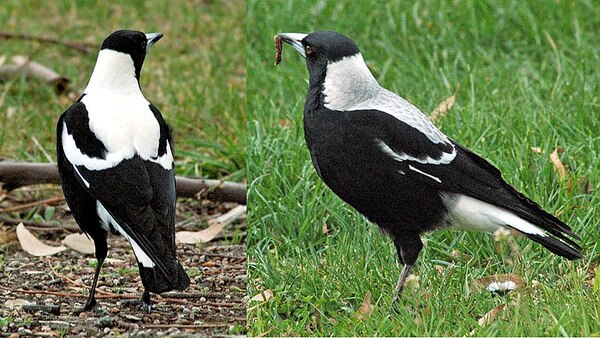When we think of dangerous creatures, birds might not come to mind immediately. However, some birds are capable of delivering powerful attacks, inflicting injuries, or even posing fatal threats to humans and other animals. Here’s a list of the world’s top 10 most dangerous birds:
Habitat: Native to the tropical forests of New Guinea and northern Australia.
Danger Level: Extreme.
Why Dangerous: Often dubbed the most dangerous bird in the world, the cassowary can grow up to 6 feet tall and weigh over 130 pounds. It has dagger-like claws on its feet, capable of delivering lethal kicks. Cassowaries are highly territorial and can attack humans if they feel threatened.

Habitat: Native to African savannas and deserts.
Danger Level: Very High.
Why Dangerous: Ostriches are the largest birds in the world, standing up to 9 feet tall and weighing over 300 pounds. Their powerful legs can kick with force strong enough to kill a lion. If provoked, they can be highly aggressive toward humans.

Habitat: Found in the rainforests of Central and South America.
Danger Level: High.
Why Dangerous: This powerful raptor has talons the size of a grizzly bear’s claws. It preys on animals as large as monkeys and sloths. While it rarely attacks humans, its sheer strength and speed make it a formidable predator.

Habitat: Found across Australia.
Danger Level: Moderate to High.
Why Dangerous: Known for its aggressive behavior during breeding season, the Australian magpie is infamous for swooping attacks. These attacks can cause facial injuries, and their precision and persistence make them a serious threat to cyclists and pedestrians.

Habitat: Found in the Southern Ocean and sub-Antarctic regions.
Danger Level: High.
Why Dangerous: This scavenger bird has been known to attack humans or other birds if threatened. Its large size and sharp beak are used to tear through flesh.

Habitat: Found in mountainous regions of Europe, Asia, and Africa.
Danger Level: High.
Why Dangerous: Also known as the bearded vulture, this bird feeds on bones. It drops them from great heights to break them open. Though not typically aggressive, its habit of dropping bones poses risks in populated areas.

Habitat: Found across Europe and Asia.
Danger Level: Moderate.
Why Dangerous: Eagle owls are large and powerful predators with strong talons capable of inflicting serious injuries. They are highly territorial and may attack if their nests are disturbed.

Habitat: Native to North America.
Danger Level: Moderate.
Why Dangerous: While usually shy, red-tailed hawks can be aggressive when defending their nests. Their sharp talons and strong beaks can cause injuries if they perceive humans as a threat.

Habitat: Found in the Andes Mountains of South America.
Danger Level: Moderate.
Why Dangerous: The Andean condor is one of the largest flying birds, with a wingspan of up to 10 feet. Although not typically aggressive, its immense size and sharp beak make it potentially dangerous if provoked or cornered.

Habitat: Native to Europe but found worldwide.
Danger Level: Low to Moderate.
Why Dangerous: While graceful and beautiful, mute swans are highly territorial, especially during nesting season. They are known to attack humans and animals that come too close, delivering painful bites and wing slaps.

These birds demonstrate that danger comes in many forms. Whether it’s powerful talons, territorial aggression, or deadly kicks, each bird on this list has evolved unique ways to defend itself and thrive in its environment. Respecting their habitats and behavior is key to coexisting safely with these fascinating creatures.
animal tags: danger-birds
We created this article in conjunction with AI technology, then made sure it was fact-checked and edited by a Animals Top editor.